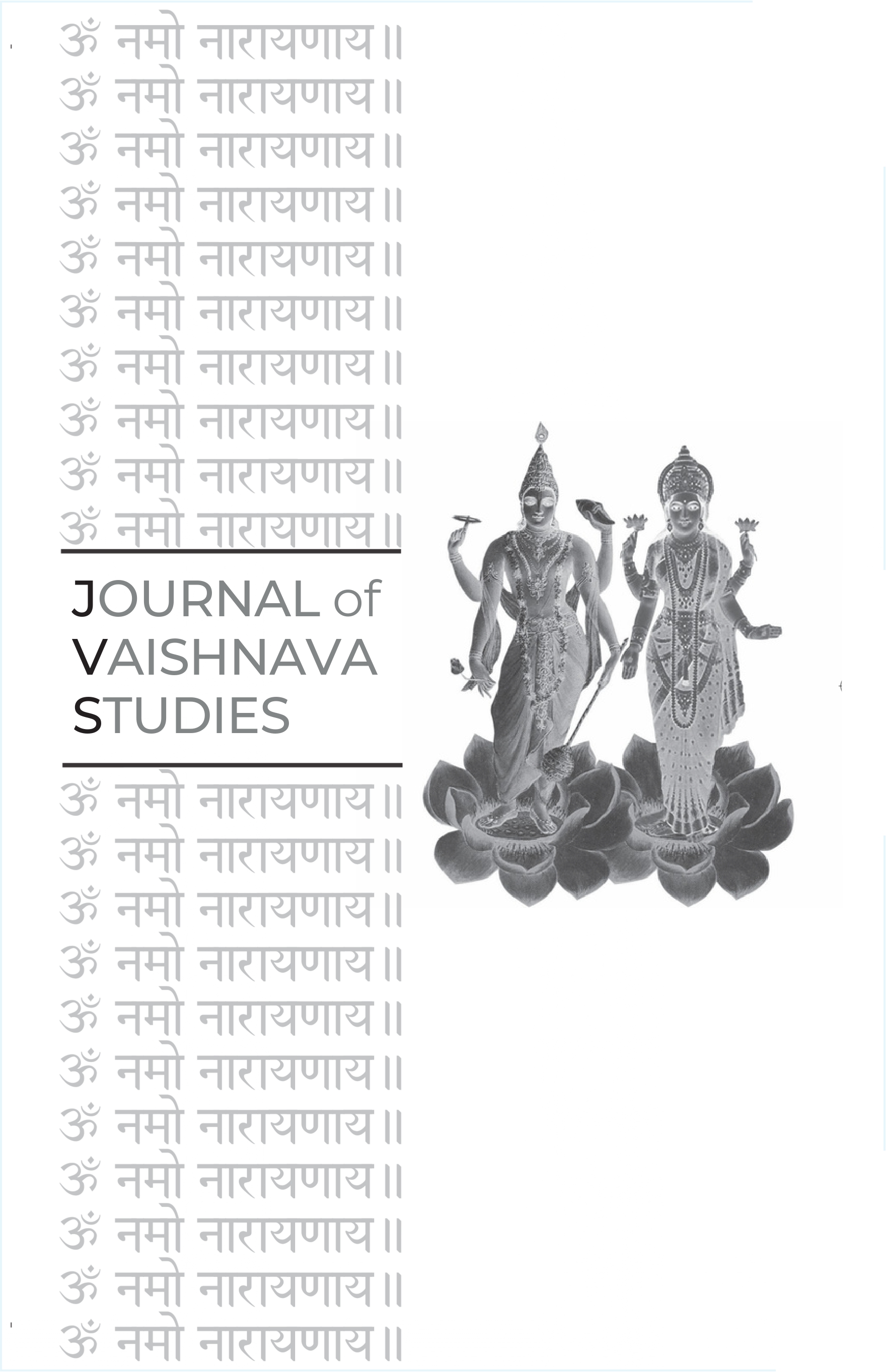Vaiṣṇava Models for Nirguṇa Devotion
Keywords:
Dādūpanth, Sundardās, Nirguṇa Bhakti, Vallabha Sampradāya, Gauḍīya Vaiṣṇava, Rajasthan, Merchant Patronage, Caste, Commensality, Saintly Life, Religious Scholars, Spiritual TraditionsAbstract
In presenting his understanding of nirguṇa devotion, the Dādūpanthī (follower of Dādū Dayāl) sant Sundardās (17th century) not only appropriated ideas and practices prominent in the Vallabha Sampradāya and the Gauḍīya Vaiṣṇava tradition, but drew from his experience with societal practices and merchant patronage networks in Rajasthan to integrate social forms into his vision of saintly life. In an attempt to secure recognition of his form of devotion among religious scholars, as well as to increase its appeal to upwardly mobile Hindu communities, Sundardās provided his bhakti with a scholarly apparatus: he synthesized different spiritual traditions and practices, and discussed issues of caste hierarchy and commensality, in his conscious depiction of nirguṇa devotion.Published
2019-12-13
Issue
Section
Articles





